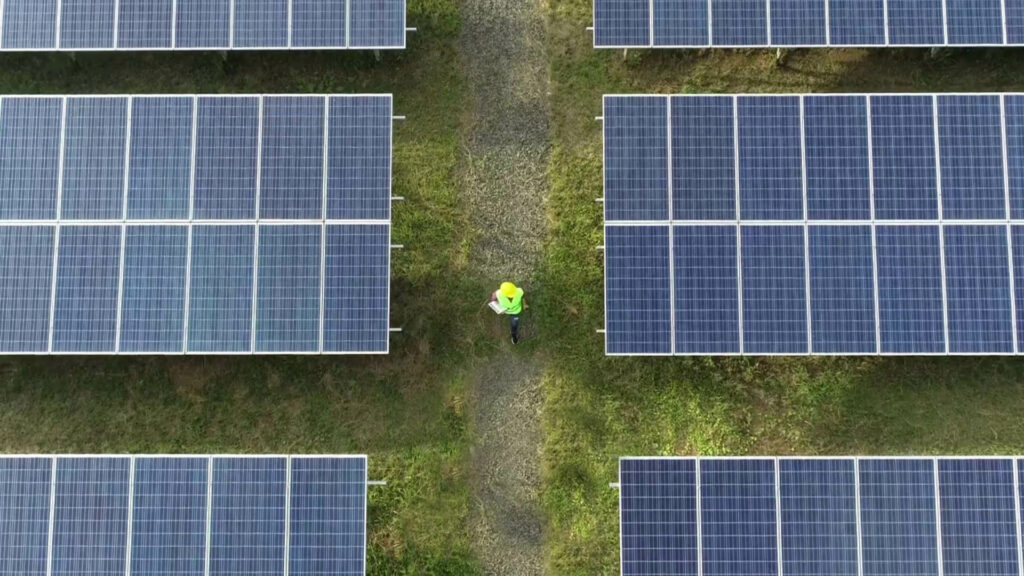There is a natural synergy between mining and clean technology.
Raw materials are transformed into technology that, having gone full circle, assist mining operations in reducing environmental footprints and enhancing efficiency and reliability. These same raw materials are also enabling the world to transition to a low carbon future.
A 2017 World Bank report concluded that the increased use of low carbon technologies in the areas of wind, solar and energy storage will serve to increase the demand for mineral and metal products.
Another report by Clean Energy Canada highlights the opportunity that a low carbon economy presents to Canada and its mining industry, noting that Canada has rich deposits in many of the minerals and metals needed in renewable energy technologies. For example, Canada is home to 14 of the 19 metals and minerals needed to make a solar PV panel. Clean Energy Canada encourages Canada to become the world’s leading supplier of the mining products integral to a low carbon economy. In its report, the think tank points to the Canadian mining industry’s sustainability standards, including MAC’s Towards Sustainable Mining® initiative, and the fact that it operates some of the lowest carbon-intensive mines in the world thanks to Canada’s energy mix and company adoption of low emission technologies at their sites.
The examples below further underscore the essential role that mining will play in a low carbon future.

Power Generation:
Wind Turbines:
- Approximately 100 tonnes of steelmaking coal is necessary to produce the steel to build the average wind turbine.
- While the amount of copper in a wind turbine will vary from model to model, it is estimated that the average 1.8 MW wind turbine contains approximately 3,175 kg of copper.
- A single wind turbine generally contains 500 kg of nickel.
Solar Power:
- Most solar photovoltaic systems use silicon cells to turn the sun’s rays into energy. Germanium solar cells are also in solar photovoltaic systems.
- Silver makes up 90% of a glass paste applied along the top and bottom of crystalline silicon photovoltaic cells.
Nuclear Power:
- Nuclear reactors generate safe and reliable base-load electricity using small amounts of uranium and do not emit GHGs.
- The basic fuel for a nuclear power reactor is uranium. Canada is one of the world’s largest uranium producers, and is a global leader in nuclear research and technology, exporting emission-free fuel to the world.
- A typical nuclear reactor uses up to 20 different nickel alloys.
High-Efficiency Natural Gas:
- Natural gas boilers come in cast-iron, steel, copper, aluminum and other materials fit-for-purpose to maximize efficiency relative to intended use.
- Upgrading a natural gas furnace or boiler from 56% to 90% efficiency in an average cold-climate house will save 1.4 tonnes of carbon dioxide emissions each year.

Transportation:
Light Rail:
- Approximately 30,000 tonnes of steelmaking coal was required to build Vancouver’s Canada Line, which accommodates approximately three million passenger trips a month.
Electric Cars:
- The average electric car contains 75 kg of copper wiring – two to three times as much as a conventional vehicle.
- Lithium, aluminum, nickel, cadmium, cobalt and zinc are key ingredients of new and emerging battery technologies. For example, cars powered by nickel hydride batteries produce 50% less pollution and GHGs than comparable gasoline-powered vehicles.
Fuel and Emission Efficient Vehicles:
- Displacing steel with aluminum and other high strength lightweight materials in the automotive, rail and aviation industries reduces total vehicle weight, enabling greater distance travelled per litre of fuel consumption, reducing net emissions.
- Platinum, palladium, rhodium and gold are used in catalytic converters to convert pollutants in exhaust gas from internal combustion engines.
